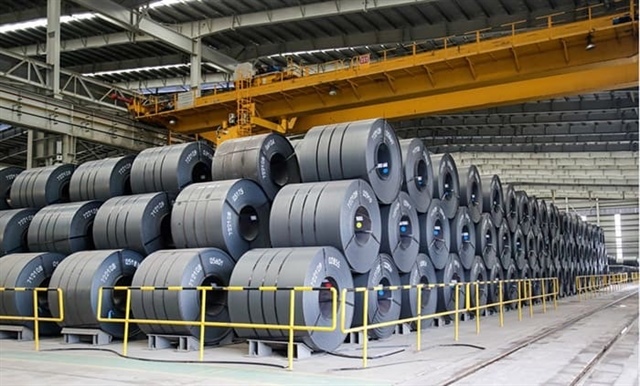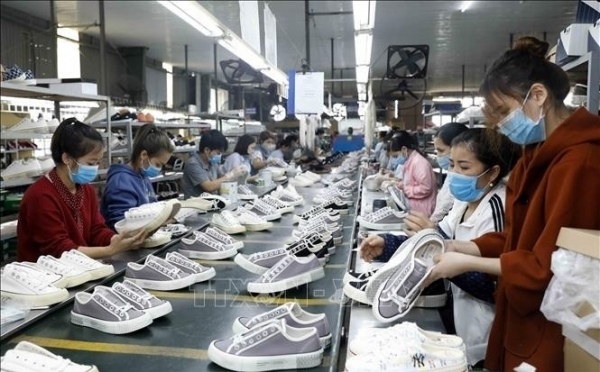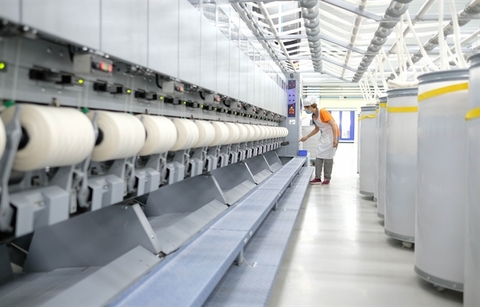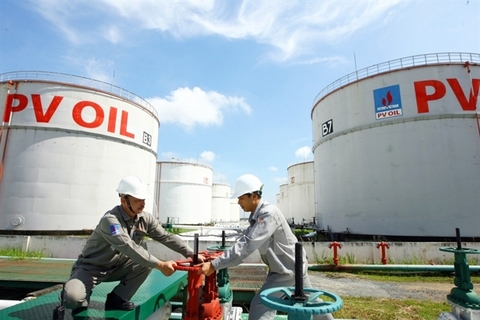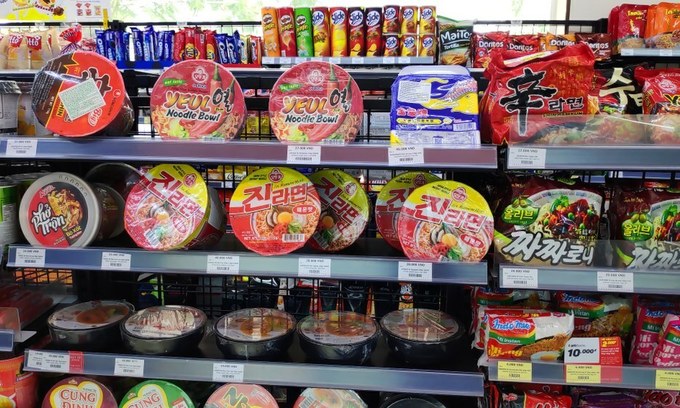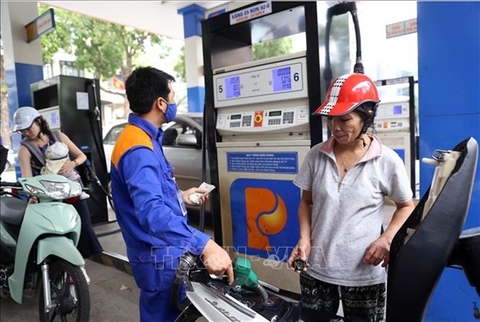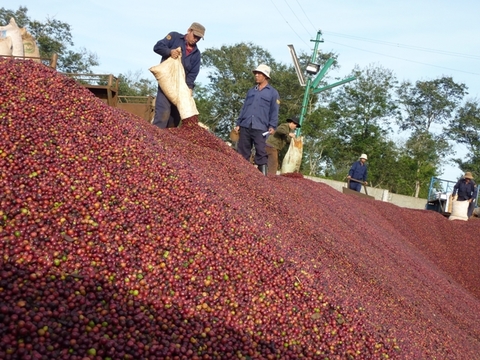Rice importers’ changes of requirements pose challenges and opportunities
Rice importers’ changes of requirements pose challenges and opportunities
Changes to strict rice import and export requirements set by importers of Vietnam’s rice, in addition to posing challenges, have prompted the country’s rice sector to switch its export system, heard attendees at a workshop on September 19 in Can Tho City.
Speaking at the workshop titled “Develop a value chain for Vietnam’s rice,” Do Ha Nam, vice chairman of the Vietnam Food Association and general director of Intimex Group, stated that China’s changes to rice imports by tightening control over the quality of rice has put Vietnam’s rice shipments to China under pressure.
“Over the past few years, China was the largest rice buyer of Vietnam, but since early 2019, Vietnam’s rice shipments to China have fallen sharply to over 300,000 tons,” he said.
Due to the sharp plunge, local rice firms are striving to seek and boost rice exports to other markets, typically the Philippines and Africa.
However, local firms will also face multiple challenges in investing in equipment and machines, in addition to technical barriers set by rice importers.
The difficulty in accessing bank loans will also affect local firms’ rice export plans.
Nam remarked that given the payment risks when entering the African and American markets, Vietnamese firms should focus on exploring the Asian market instead.
Nguyen Viet Anh, general director of Orient Rice Company, told The Saigon Times on the sidelines of the workshop that local firms have suffered losses caused by risky payments in the African market. Many African customers asked for deferred payment of 90 days, while some firms even lost their goods when exporting to the market.
“A few firms lost their goods when shipping rice to the African market, leading to bankruptcy,” Anh stated.
However, Pham Quang Dieu, director of market research firm Agromonitor, noted that the country’s rice sector, despite the difficulties, has recorded outstanding achievements, including the switch of the rice export system, where the quality of rice is continually enhanced.
The volume of low-grade rice IR 50404 made up a large proportion of the country’s total rice exports over the last few years. However, this year, shipments of OM 5451 high-quality rice and Dai Thom 8 rice have increased.
Tran Thanh Hai, deputy director of the import-export department, under the Ministry of Industry and Trade, confirmed that the high quality rice accounted for 27.8% of Vietnam’s total rice exports in 2017 before soaring to 40% in 2019.
Dieu pointed out that this year will offer a good chance for Vietnam to change its methods for rice exports, especially to the Philippines, which had earlier issued Republic Act 11203, liberalizing the import, export and trade of rice and lifting quantitative restrictions on rice imports.




